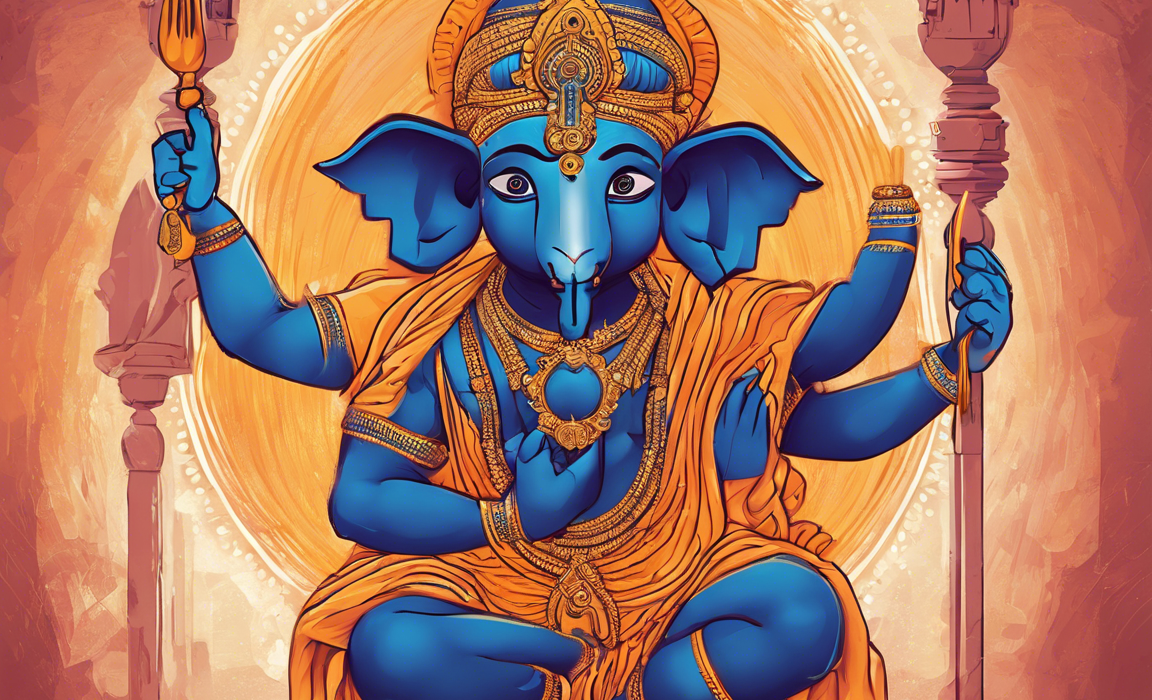The Ayodhya Ram Murti is a symbol of unwavering devotion and faith that holds deep significance in Hindu mythology and religion. Located in the holy city of Ayodhya in the state of Uttar Pradesh, India, this majestic statue stands as a tribute to Lord Ram, a revered deity in Hinduism known for his righteousness, nobility, and ideal leadership qualities. This intricately crafted masterpiece is not just a piece of art but a representation of cultural heritage and spiritual beliefs that have been passed down through generations.
The History and Significance of Ayodhya Ram Murti
Ayodhya, the birthplace of Lord Ram, is a sacred city that holds immense importance in Hindu mythology. The construction of the Ayodhya Ram Murti was undertaken to commemorate the glory and teachings of Lord Ram and to promote the values of peace, unity, and righteousness that he embodies. The statue serves as a reminder of the epic Ramayana, which tells the story of Lord Ram’s exile, his battles against evil forces, and his eventual return to Ayodhya to ascend the throne.
The Ram Murti in Ayodhya is not just a work of art but a spiritual symbol that attracts devotees and tourists from all over the world. The statue portrays Lord Ram in a graceful and powerful form, depicting his divine attributes and qualities. Standing tall and majestic, the Ayodhya Ram Murti exudes a sense of peace, tranquility, and divinity that mesmerizes all who behold it.
The Architecture and Design of Ayodhya Ram Murti
The architecture and design of the Ayodhya Ram Murti are a blend of traditional craftsmanship and modern engineering techniques. The statue is crafted from high-quality materials such as marble, granite, or metal, with intricate detailing and embellishments that reflect the rich cultural heritage of India. The sculptors and artisans who worked on the statue have poured their heart and soul into creating a lifelike representation of Lord Ram, capturing his essence and aura with precision and skill.
The Ayodhya Ram Murti is often adorned with garlands, jewels, and vibrant fabrics during festive occasions and religious ceremonies, adding to its beauty and grandeur. The statue is surrounded by lush gardens, fountains, and pathways that create a serene and sacred ambiance, inviting visitors to immerse themselves in worship and contemplation.
The Cultural and Religious Impact of Ayodhya Ram Murti
The Ayodhya Ram Murti holds immense cultural and religious significance for the people of India and devotees of Lord Ram worldwide. It serves as a focal point for spiritual gatherings, prayers, and rituals, where devotees come to seek blessings, offer prayers, and pay homage to the divine incarnation of Lord Ram. The statue is a source of inspiration and solace for millions of people who draw strength, courage, and wisdom from the teachings and virtues of Lord Ram.
The presence of the Ayodhya Ram Murti has also contributed to the economic growth and tourism development of the region, attracting visitors, pilgrims, and travelers who wish to experience the divine aura and serenity of the holy city of Ayodhya. The statue has become a cultural icon and a symbol of religious tolerance and harmony, embodying the spirit of unity in diversity that is inherent in Indian heritage and ethos.
The Spiritual Significance of Ayodhya Ram Murti
For devotees of Lord Ram, the Ayodhya Ram Murti is not just a statue but a living embodiment of divine grace and blessings. The statue is believed to radiate positive energy and vibrations that uplift the spirits and purify the soul of those who come into its presence. It is a focal point for meditation, prayer, and devotional activities, where devotees can connect with the divine and experience a sense of inner peace and tranquility.
The spiritual significance of the Ayodhya Ram Murti lies in its ability to inspire faith, devotion, and surrender to the divine will of Lord Ram. By gazing upon the majestic form of Lord Ram, devotees are reminded of the eternal truths and values that he represents – humility, compassion, righteousness, and selflessness. The statue serves as a beacon of light and hope in a world filled with darkness and despair, offering solace and reassurance to those who seek refuge in the loving embrace of Lord Ram.
The Future of Ayodhya Ram Murti
As we look ahead to the future, the Ayodhya Ram Murti stands as a timeless symbol of devotion and spirituality that will continue to inspire and uplift generations to come. The statue serves as a bridge between the past and the present, connecting us to our ancient roots and cultural heritage while propelling us towards a future filled with love, compassion, and harmony. The Ayodhya Ram Murti reminds us of the enduring power of faith and belief in shaping our lives and destinies, guiding us on the path of righteousness and enlightenment.
In conclusion, the Ayodhya Ram Murti is not just a statue but a sacred embodiment of Lord Ram’s divine presence and blessings. It is a symbol of devotion, faith, and love that transcends boundaries of time, culture, and religion, uniting us in a shared journey towards spiritual awakening and enlightenment. May we all find solace and inspiration in the radiant presence of Lord Ram, as embodied in the magnificent Ayodhya Ram Murti.
Frequently Asked Questions (FAQs) about Ayodhya Ram Murti
- What is the height of the Ayodhya Ram Murti?
-
The height of the Ayodhya Ram Murti varies depending on the specific statue, but it can range from 10 feet to over 100 feet tall.
-
How long did it take to construct the Ayodhya Ram Murti?
-
The construction of the Ayodhya Ram Murti can take several months to several years, depending on the size, design, and materials used.
-
Is the Ayodhya Ram Murti open to the public for worship and visitation?
-
Yes, the Ayodhya Ram Murti is often open to the public for worship, prayers, and visitation, allowing devotees and tourists to pay their respects to Lord Ram.
-
Are there any rituals or ceremonies associated with the Ayodhya Ram Murti?
-
Devotees often perform aarti, offer flowers, incense, and sweets, and recite prayers and hymns in front of the Ayodhya Ram Murti as part of the worship rituals.
-
Is photography allowed near the Ayodhya Ram Murti?
-
In some cases, photography may be allowed near the Ayodhya Ram Murti, but it is important to follow any guidelines or restrictions set by the authorities or religious institutions.
-
How can one pay homage to the Ayodhya Ram Murti from afar?
-
Devotees can offer prayers, chant mantras, read sacred texts, and meditate on Lord Ram’s virtues as a way of paying homage to the Ayodhya Ram Murti from a distance.
-
What is the best time to visit the Ayodhya Ram Murti?
-
The best time to visit the Ayodhya Ram Murti is during festive occasions, religious ceremonies, or auspicious days associated with Lord Ram, such as Ram Navami or Diwali.
-
Is there an entrance fee to see the Ayodhya Ram Murti?
-
Entrance fees may vary depending on the location and management of the Ayodhya Ram Murti site, so it is advisable to check with the authorities or organizers beforehand.
-
Are there any legends or stories associated with the Ayodhya Ram Murti?
-
The Ayodhya Ram Murti is often associated with the epic Ramayana and the various heroic deeds and adventures of Lord Ram as depicted in the sacred texts and folklore.
-
Can visitors offer donations or contribute to the upkeep of the Ayodhya Ram Murti?
- Yes, visitors can often make donations, offerings, or contributions to the maintenance, preservation, and development of the Ayodhya Ram Murti and its surroundings as a gesture of support and gratitude.


